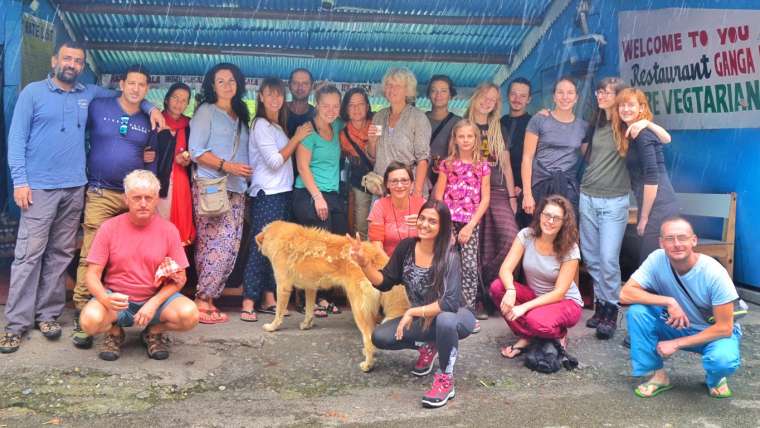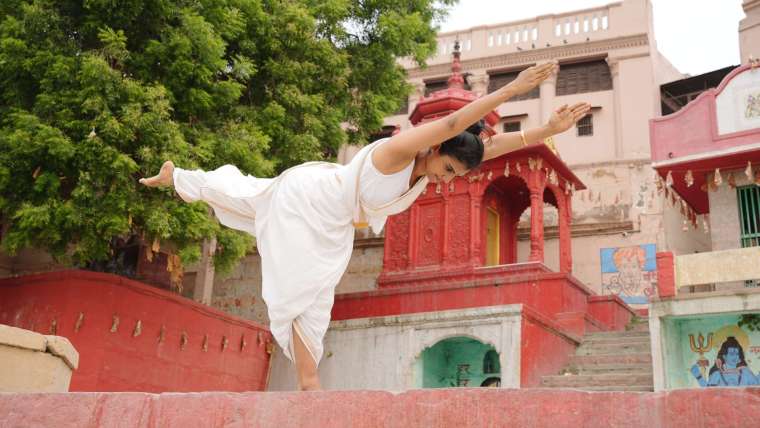Modern Yoga vs. Ancient Yoga: Bridging the Sacred and the Practical
In today’s fast-moving world, where stress is constant and true stillness feels rare, more and more people are seeking a return to something deeper – a practice that grounds them, restores balance, and reconnects them with their inner rhythm. And for many, that path leads to yoga.
But yoga today looks vastly different from the way it was practiced centuries ago in the forests and hermitages of ancient India. What once began as a deeply spiritual and inward journey has now branched into studios, fitness routines, global wellness trends, and lifestyle content. Still, the heart of yoga beats on.
Let’s pause and explore how yoga has evolved from its ancient spiritual roots into the modern form we see today – and how, perhaps, it’s not about choosing one or the other, but honouring the wholeness of both.
Ancient Yoga: A Journey of the Soul
In the ancient world, yoga wasn’t something you “did” for an hour each morning—it was a way of being. Rooted in the sacred texts like the Yoga Sutras of Patanjali, Bhagavad Gita, and Upanishads, the path of yoga was one of disciplined practice, deep inquiry, and ultimate liberation.
The goal was never just flexibility or calmness. It was union—of body and breath, of individual and universal, of the ego with the eternal self (Atman with Brahman).
-
Asana was not the centrepiece—it was a preparatory tool. Postures were meant to make the body strong and still enough to sit for long hours in meditation.
-
Pranayama, the control of life force through breath, helped calm the fluctuations of the mind.
-
Dhyana (meditation) was the essence—stilling the storm within to glimpse the vast silence beneath.
-
And above all, yoga was lived through the Yamas and Niyamas—truth, non-violence, self-discipline, surrender, and integrity were not optional; they were the backbone of the yogic life.
Modern Yoga: A Portal to Wellness
As yoga made its way across cultures and continents, it adapted—like any living tradition does. In the West, it met a world seeking relief from anxiety, physical ailments, and burnout. And so, yoga responded – offering strength, flexibility, mindfulness, and presence.
Today, modern yoga is often experienced through:
-
Asana-focused classes, designed to energize or relax, depending on the style—be it Vinyasa, Hatha, Power, or Yin.
-
A growing wellness industry, with retreats, digital classes, workshops, and wellness products that make yoga more accessible than ever.
-
A tool for mental health, stress relief, and emotional regulation.
-
A flexible practice that can fit into daily routines, even amid the chaos of city life.
This is not a wrong turn. In fact, it’s beautiful. Yoga’s adaptability is part of its wisdom. But something deeper calls us not to stop here.
Reclaiming the Wholeness of Yoga
There’s a quiet invitation woven into every practice—to go beyond the mat. To let yoga not just shape your spine, but soften your ego. To move not just your limbs, but your awareness. To live, not perform.
Bridging the modern and ancient forms of yoga means:
-
Bringing back the breath: Making pranayama a non-negotiable part of practice.
-
Reclaiming stillness: Sitting in meditation, not just doing but being.
-
Living yoga off the mat: Letting compassion, simplicity, and awareness guide how we speak, eat, act, and relate.
-
Understanding the roots: Honouring the texts, the stories, and the spiritual lineage that gave birth to this path.
Yoga as Lifestyle, Not Just Exercise
The deeper truth is: yoga has never been either ancient or modern. It has always been both—a timeless current moving through time.
Whether someone finds yoga in a 6 AM sun salutation or a silent walk through the Himalayas, whether they chant Sanskrit mantras or simply sit with their breath, yoga remains a living, evolving mirror. It reflects who we are and invites us toward who we’re becoming.
So don’t choose between the old and the new. Let your practice be rooted and evolving. Let it be a sacred rebellion against the noise, a daily return to what is real.
Because yoga, at its core, is a remembering. A remembering that you are not just the body, not just the mind – but something vaster, stiller, and infinitely whole.




